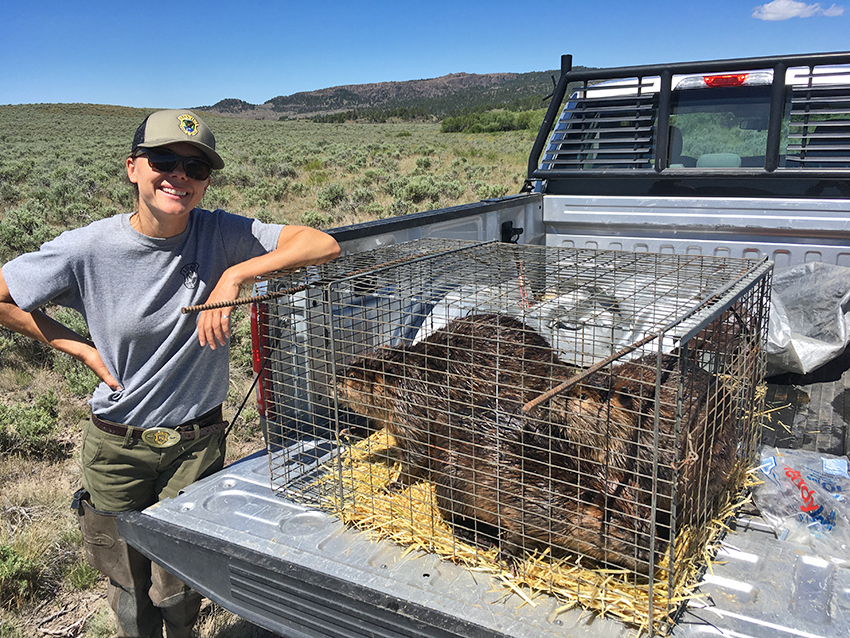Marketing In The Wake Of Tragedy
The shooting industry exists for reasons far exceeding self-defense and the preservation of life; but for not less than those. To be sure, we love our shooting sports, target practice, hunting and more. These activities are extensions of Second Amendment rights founded on the broader principle that life is sacred. It’s to be protected and defended.
As such, when an event occurs where someone lawfully uses a gun to protect life or to end a threat, two things may occur. First, we may regret the context of evil in which we all live. And second, we also solemnly acknowledge the good of having the right tools (guns) to use for good purposes (stopping an evil act from occurring in the first place), or, if in response, from being any more evil than it already is. Moreover, in no way do we want to capitalize on evil or cop an attitude of “I told you so!” when evil occurs. There are appropriate ways, in the wake of an evil situation, to compel others to act — buying a gun, undergoing proper training or being more prepared.
Keep messaging short and simple, people-focused and free from all
other forms of promoting yourself, your products or services.
Whatever your company’s place in the shooting industry or market, it requires sending the right information to the right audience at the right time. This is no call to exploit any tragedy but instead to carefully and compassionately communicate, at the right time, when the culture’s collective attention gets raised. In other words, there’s a right place for marketing in the context of evil.
1. Get the facts first.
Pick any evil act performed over the last year and consider how the facts unfolded as time passed from the start of the scenario. While the internet provided as-it-happened coverage by reporters and news outlets, it also provided streams of comments, speculations and declarations — mostly via social media.
Every now and then, someone would get one part of the story right. But more often than not — in the midst of the chaos — the reporting and the commenting were, at best, guesswork. Details would become clearer as the situation resolved, yes, but even then, the worldviews of some of the sources would overshadow the reporting and interpretation of the facts.
This doesn’t mean we can ever get the whole story or at least a fairly accurate understanding of what has happened in a particular scenario. It does mean (usually) the best understandings are only revealed after some significant time has passed — after police have concluded investigations, after evidence has been examined, after witnesses have been questioned and so on.
All this is to say: Before you make an aggressive assertion on what happened in a particular scenario, or if a response is even needed, make sure you’ve got all the facts first.
Regardless, if you decide to integrate the scenario into your company’s marketing communications, keep it humble and realistic and use phrases such as “Based on what we know so far,” and “From all the material we’ve seen” and “We could be wrong, but as far as we can tell,” and so forth.
2. Give time to mourn and heal.
If a bad scenario goes down, it likely means people were hurt. Or worse. Even if no one was physically harmed, people were likely emotionally or psychologically impacted. And there are people who hurt when others are — no matter how far removed they may be from the actual scenario itself.
As such, keep in mind even a customer with a simple question to you about a bad scenario occurring hundreds of miles away may be carrying a significant burden. So it may not be the best time to additionally burden them with an admonition to arm up, stock up, buck up and so on. You don’t have to pretend to be any kind of counselor to them but be mindful of the possibility you may be dealing with a person who has grief.
More broadly, before ramping up a clever marketing program in response to a bad scenario, make sure the timing of the preparation and delivery accounts for both your employees and customers — both of which may need time to mourn and heal.
You should find yourself willing to say, “This is a difficult situation; let’s talk about it more,” and “How can I help you deal with this?” and “It’s okay to not understand why things like this happen, but we do know we can do things to help each other.”
3. Share a philosophy of “sacred life.”
Sometimes the best marketing is to simply be a kind human being. Once you’re relatively sure the facts are straight — even if the only “fact” is something terrible has happened — you can express genuine sympathy by wishing speedy healing to those who have been hurt, offering condolences to affected families and friends or others who have suffered loss and just generally being kind.
Keep messaging short and simple, people-focused and free from all other forms of promoting yourself, your products or services. Your bottom line communication is some form of “life is sacred” and the tragedy it genuinely is when others don’t treat it as so.
You can also express kindness by recognizing and thanking first responders or other personnel who have to deal with the aftermath of a bad scenario. Key phrases here might include, “What has happened is indeed awful and we lament these things occur,” or “We’re grieved for those affected by this tragedy and are so grateful for our first responders who did their best to quickly bring the situation under control and care for those affected.”
4. Communicate carefully and compassionately.
When it’s time for you or your company to refer to a bad scenario in public communications — including future marketing communications, if appropriate — do so with care and compassion.
The shooting industry generally doesn’t fear addressing core principles such as the protection, defense of life, the pursuit of freedom or the expression of individual rights — indeed, America exists because of these — but there’s a decent way to go about talking about it after a difficult situation. You can be sincere and passionate about these core principles while also coming across as a concerned and caring human being.
Generally, your marketing plan shouldn’t change just because a bad scenario occurred. In fact, a good marketing plan applies irrespective of whether a bad scenario has occurred.
Bottom line: It’s always good marketing practice to communicate carefully and compassionately. And it’s very good marketing practice to communicate carefully and compassionately when something terrible has occurred. It can be difficult to script responses at this point; sometimes it may be better to say nothing. When it comes time to communicate, just be genuine and caring.
5. Rise above retaliatory reactions.
Sometimes bad scenarios create emotionally-charged situations that result in people slinging accusations left, right and center. Your company may end up being a target — for a variety of reasons or none at all. In these cases, carefully address misguided or misinformed accusations against you or your company. Don’t respond in a spirit of retaliation.
There’s a big difference between responding and retaliating. The latter is emotive; the former, thoughtful. Retaliating usually involves quick and sharp actions. Responding is methodical, careful. The key here is patience. This is more about attitude and approach than actual words. So allow time for emotions to cool (yours, too) and you can avoid doing or saying something you’ll regret later.





